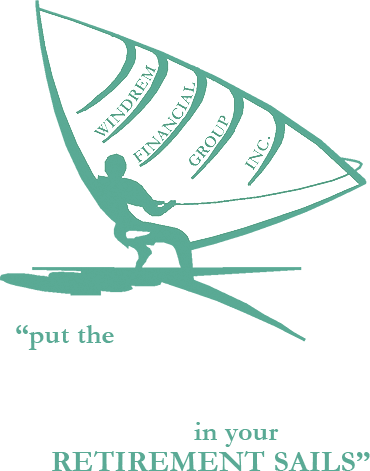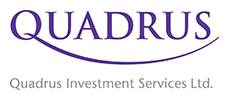ESTATE PLANNING:
When considering Estate Planning goals, you will need to consider the three beneficiaries that you have:
- Your family or close friends
- Your favorite charity(ies)
- Canada Revenue Agency
There are various Estate Planning tools that you can use to meet your Estate Planning objectives.
Life Insurance:
One of the most popular tools, which is also one that is often misunderstood, is life insurance. We have provided some basic details regarding the different types of insurance you may consider when considering the tax planning strategy for your Estate Plan.
Term Insurance:
Term life insurance is temporary, low-cost coverage where your payments stay the same for a set period of time also known as the TERM. When the TERM is up it automatically renews; however, the rates increase based upon your attained age and lock in for the new TERM. Or you may have the option to convert ther term insurance to permanent life insurance without having to answer further health questions.
Permanent Insurance (Whole Life & Universal Life):
Permanent life insurance as compared to term insurance provides you with added security because it lasts a lifetime as long as you continue to make premium payments. Permanent life insurance costs more than term insurance in the short term, but can accumulate money on a tax-shletered basis inside your insurance policy over time (called Cash Surrender Value), which you may be able to access while you are still alive.
Whole Life:
Whole Life is Permanent insurance which provides coverage for an individual's whole life, rather than a specified term. A savings component, called Cash Surrender Value or Loan Value, builds over time and can be used as a tax-preferred wealth accumulation vehicle. Whole life is the most basic form of cash value life insurance. The insurance company essentially makes all of the decisions regarding the policy and the investments held within the policy. Regular premiums both pay insurance costs and cause equity to accrue in a savings or accumulation fund. The policy will pay out upon death either a fixed death benefit or increasing death benefit based upon the dividend option selected and is paid to the beneficiary indicated in the policy.
Universal Life:
Universal Life Insurance is insurance which combines low-cost protection of term insurance with a savings component that is invested in a tax-deferrred accumulation account. The idea is to purchase Term and Invest the Difference within the policy. The cash surrender value of this policy may be available for redemption directly from the policy or as a policy loan to the policy holder.
Universal Life was created to provide flexibility by allowing the policy holder to shift money between the insurance and savings components of the policy. Additionally, the inner workings of the investment process are openly displayed to the policy holder, whereas details of Whole Life investments are calculated through a complex formula based upon the profitability of the particular policies and the profits are distributed back to the policy holders through dividends.
With the Universal Life insurance, premiums may be variable and are broken down into the insurance and savings component. Therefore, the policy holder can adjust the premium and choice of investment based on economic and market conditions. As well, if investmente returns are lower, then the accumulation fund can be used to pay future insurance premiums instead of injecting more money into the policy.
The excess tax-preferred accumulation can be used to increase the death benefit. Unlike with Whole Life, which investments grow based upon the companies choice of investments, the cash value investments within the Universal Life policy grow at a variable rate that is adjusted monthly depending upon the underlying investments. However, there is often a minimum rate of return associated with some of the investment choices. Having multiple investment options within the Universal Life policy allow the policy holder to take advantage of rising interest rates and market investment returns. The danger that exists within the Universal Life policy is that falling interest rates or poor investment returns may result in the need to increase premiums or even cause the policy to lapse if the accumulation fund is no longer adequate to pay the insurance costs. Therefore, designing a prudent investment selection is imperative.
For a more details regarding life insurance options Click Here: Insurance Plain Talk


















